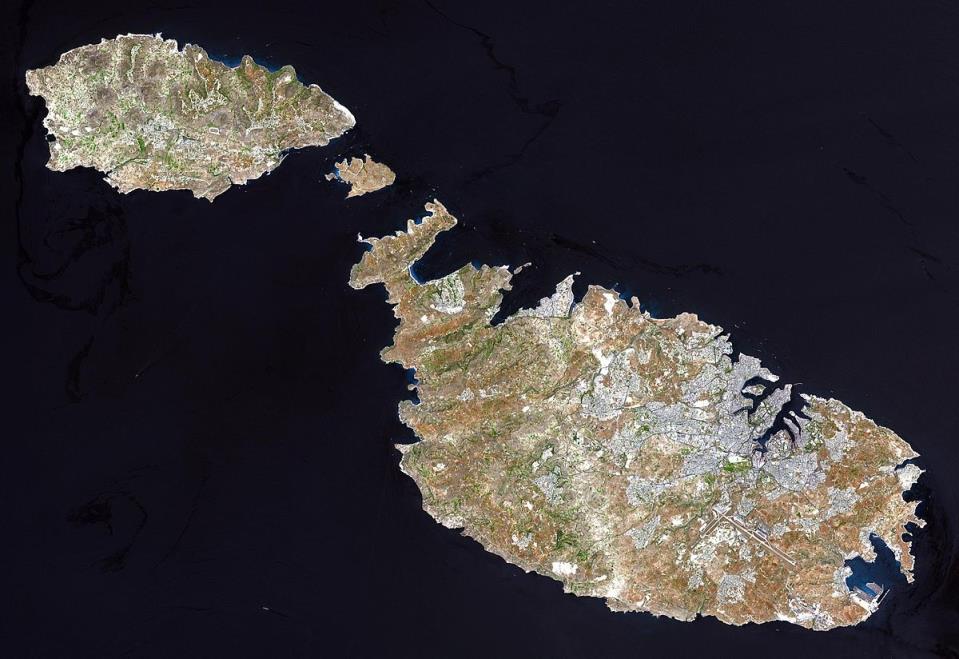Malta registered the largest reduction in greenhouse gas emissions across the European Union in the first quarter of 2025, according to data released today by Eurostat. The figures show that Malta’s emissions fell by 6.2% compared with the same period in 2024, the sharpest decline among all member states.
Eurostat noted that the decrease in emissions was accompanied by continued economic growth, making Malta one of only four EU countries estimated to have reduced emissions while increasing their gross domestic product (GDP). Denmark, Finland and Sweden also recorded this dual trend.
The Eurostat data placed Finland and Denmark in second and third place for reductions, with estimated declines of 4.4% and 4.3% respectively. In total, seven EU countries were estimated to have cut emissions in the first quarter of 2025. However, Eurostat reported that while Malta, Denmark, Finland and Sweden lowered emissions alongside GDP growth, the remaining three – Estonia, Latvia and Luxembourg – saw decreases in both emissions and economic output.
According to Eurostat, the EU as a whole moved in the opposite direction. Across all 27 member states, greenhouse gas emissions were estimated at 900 million tonnes of CO2-equivalents during the first quarter of 2025. This represented a 3.4% increase compared with the 871 million tonnes recorded in the same quarter of 2024. Over the same period, Eurostat estimated that the EU’s GDP grew by 1.2%.
The statistics show that 20 EU countries recorded higher emissions compared with the first quarter of 2024. Of these, six – Bulgaria, Czechia, Cyprus, Poland, Hungary and Greece – were estimated by Eurostat to have increased their emissions by more than 5%.
In its release, Eurostat explained that quarterly estimates of greenhouse gas emissions are produced to complement other socio-economic indicators such as GDP and employment. The agency underlined that these figures provide short-term insights into the relationship between economic activity and environmental impact.
Eurostat’s data highlights how different member states are progressing at varying speeds. Malta’s 6.2% decline, combined with GDP growth, stands out as the strongest performance in the bloc. Eurostat’s figures suggest that Malta, along with Finland, Denmark and Sweden, achieved a temporary decoupling of emissions from economic growth.
While the statistics do not break down which sectors were responsible for the changes, Eurostat’s quarterly estimates point to broader trends within the EU. For Malta, the reduction is an indicator that efforts to curb emissions are producing measurable outcomes, even as the economy expands.
At the same time, Eurostat’s figures underline the wider challenge facing the EU. The majority of member states increased emissions year-on-year, with several posting rises above 5%. The agency’s release shows that aligning economic growth with environmental goals remains a significant task for the bloc.
The Eurostat publication stressed that Malta’s results, along with those of Finland, Denmark and Sweden, offer a more positive picture compared to the majority of countries. However, the contrast between reductions in a handful of states and increases in most others highlights the uneven nature of progress across the Union.
Eurostat emphasised that quarterly greenhouse gas estimates are designed as a tool for policymakers, researchers and the public, offering a way to track environmental outcomes alongside economic performance. The agency noted that these statistics help to monitor short-term developments and inform decision-making at both national and EU level.
For Malta, the Eurostat figures confirm that it was the best-performing EU country in the first quarter of 2025 in terms of reducing greenhouse gas emissions while maintaining economic growth. Whether this trend continues will depend on how effectively environmental policies can be sustained in the coming quarters.
